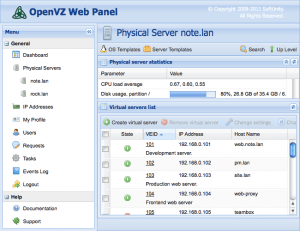What are the advantages of KVM virtualization?
In the world of modern computing, virtualization is an important tool for optimizing resources and increasing server efficiency. One of the popular virtualization tools is KVM (Kernel-based Virtual Machine).
But what exactly are the advantages of KVM virtualization? Let’s break down the main benefits of this technology.
Performance
One of the main advantages of KVM virtualization is its high level of performance. KVM technology allows you to use the server’s hardware resources as efficiently as possible, which leads to improved overall system performance.
Thanks to its low overhead and scalability, KVM provides excellent performance for virtualized servers.
Flexibility
Another important advantage of KVM virtualization is its flexibility. With KVM, you can easily configure virtual servers for specific business needs, change their resources and parameters in real time.
Thanks to its ability to work with various operating systems, KVM provides extensive possibilities for configuring virtual infrastructure for specific company tasks.
Security
In addition, KVM virtualization provides a high level of security. Thanks to resource isolation and the ability to create virtual networks, KVM helps protect company data from unauthorized access.
KVM technology also provides data encryption and access control capabilities, which increases the overall security of virtualized servers.
Open Source
Finally, one of the key advantages of KVM virtualization is that this technology is based on open source code. This means that KVM is available to all users completely free of charge, and also allows developers to create their own improvements and extensions.
The open source nature of KVM promotes innovation and the development of virtualization, making this technology more accessible and promising for business.





